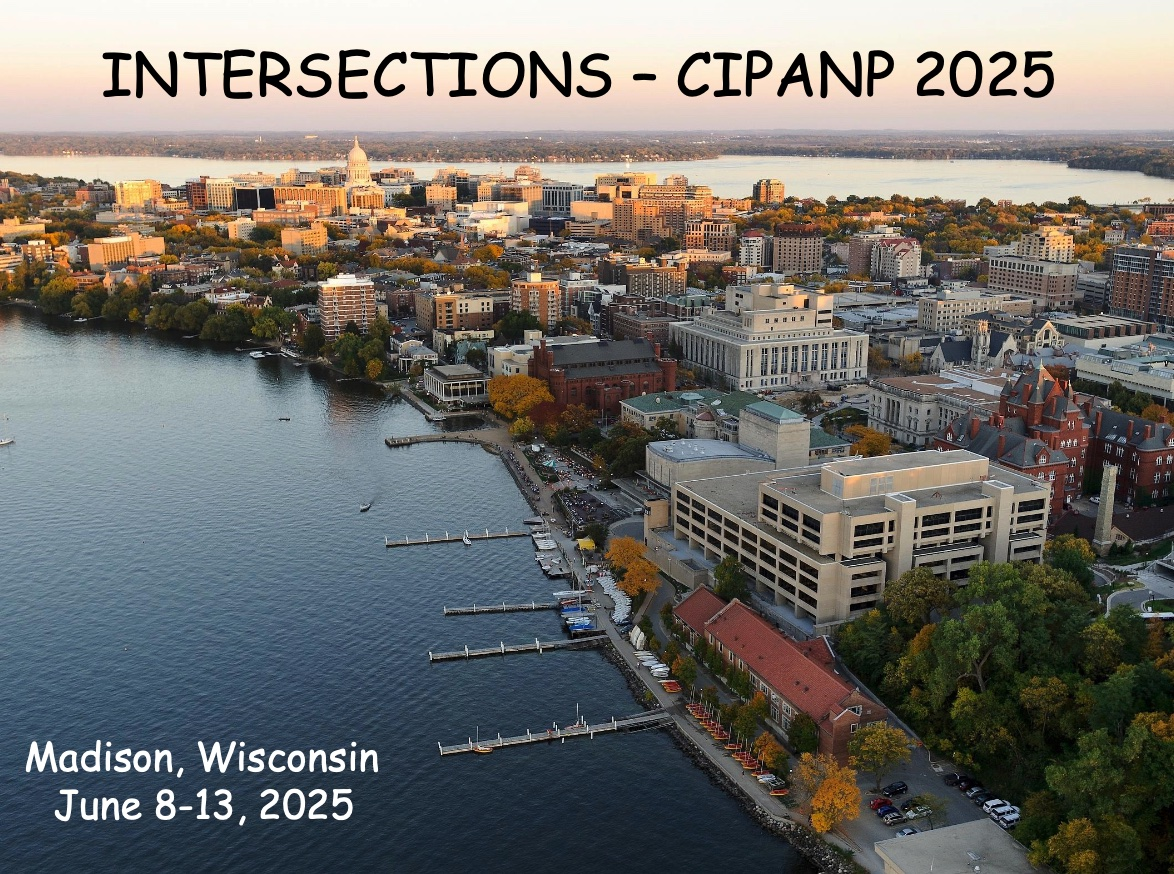Speaker
Description
The detection of cosmic-ray antinuclei holds the potential
to be a groundbreaking method for identifying signatures of dark
matter. The dominant background for cosmic antinuclei arises from
interactions of cosmic-ray protons with interstellar hydrogen
gas. However, prevalent (anti)nuclei formation models—the thermal and
coalescence models—are based on different underlying physics. A deeper
understanding of (anti)nuclei production mechanisms is essential to
evaluate the background production and drives the ongoing effort to
analyze high-statistics data from fixed-target experiments. Improving
our understanding of deuteron production is a critical first step
toward accurately modeling cosmic antideuteron in astrophysical
processes. Antinuclei production models typically also require
antiproton production cross sections as input, underscoring the
importance of precise antiproton measurements as well.
NA61/SHINE has performed the first measurement of deuteron production
in proton–proton interactions at 158 GeV/c (sqrt(s) = 17.3 GeV). In
addition, updated proton and antiproton production yields will also be
presented. These exhibit a threefold reduction in statistical
uncertainties and extend the phase-space coverage in both rapidity and
transverse momentum compared to previous measurements. These results
will advance our understanding of proton–proton interactions at
cosmic-rays energies.

